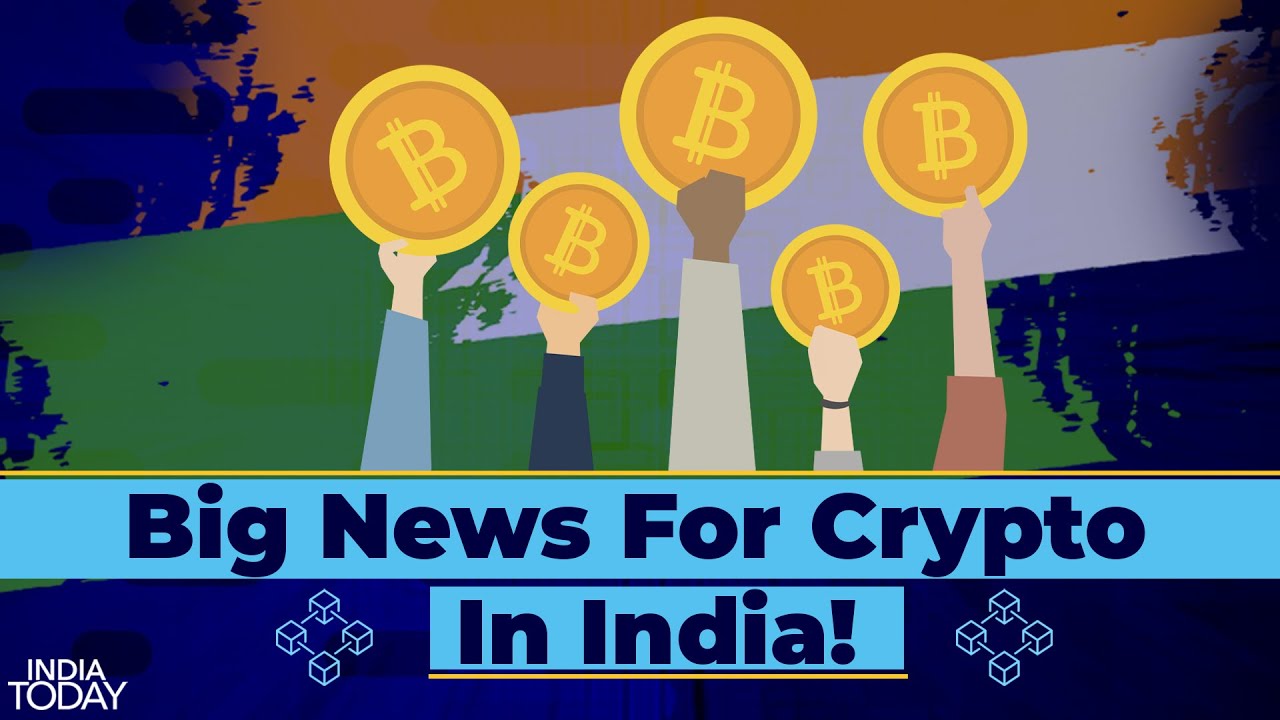The Digital Future Is Here (Adapt Or Die)
Summary
TLDRManny, a crypto expert, discusses the history and evolution of money and finance to provide perspective on cryptocurrencies. He explains how stablecoins facilitate payments, Bitcoin acts like digital gold, and DeFi introduces efficiencies like social media did for information. The conversation explores the disruptive tech cycle crypto is undergoing, the purposes yield-bearing assets serve, historical parallels like 17th century government bonds, and speculation around future developments like risk transfer mechanisms. Overall, despite volatility and speculation, Manny sees an elegant evolution underway, centered on more sustainable liquidity and unbundling functions compared to traditional finance.
Takeaways
- 😊 Manny has been involved in cryptocurrency and digital projects for most of his career so far
- 📈 There are 3 main types of 'crypto': stablecoins for payments, Bitcoin as digital gold, and decentralized finance (DeFi) for efficiency
- 🎓 A lack of financial and historical literacy in crypto is being addressed by people like Manny and conferences like ETHDenver
- 💡 The evolution of government debt over centuries shows parallels to potential pathways for crypto assets like liquid staking tokens
- 🔀 Intermediaries still provide value, but crypto allows direct peer-to-peer financial activity via well-structured code and protocols
- 💰 Stablecoins facilitate payments and liquidity by tokenizing other assets like fiat currency or crypto collateral
- ⚖️ Regulations often follow from organic necessity and attempts to reduce instability, but can also increase fragmentation
- 🌱 On-chain yield via liquid staking is emerging as a sustainable base layer for building DeFi projects and meeting liquidity needs
- 😎 Crypto innovation combines visionary ethos from the West with practical experience from emerging markets and philosophical thought
- 💫 Diversity and experimentation of new crypto financial structures, followed by selection of the fittest, drives evolution and progress
Q & A
What is Manny's background and how did he get involved in cryptocurrency?
-Manny studied philosophy and mathematics before switching to financial history. He first learned about Bitcoin in 2013-2014 but didn't buy any on the advice of a mentor. He got more involved in 2016-2017 during the crypto bull market, advising projects on the nature of money. In 2020 he realized decentralized finance actually worked and started focusing on stablecoins and yield-bearing assets.
How does Manny explain the different types of 'crypto' and their functions?
-According to Manny there are 3 main types of 'crypto': 1) Stablecoins for settling payments 2) Bitcoin as digital gold 3) Decentralized finance technologies generating efficiencies in the financial system.
What is the purpose of stablecoins and how do they work?
-The purpose of stablecoins is to provide digital liquidity for settling payments and transactions. They help overcome the volatility of coins like Bitcoin. Some work by collateralizing other crypto assets, while others like Tether collateralize real-world assets like dollars in a bank account.
How does the historical evolution of government debt relate to crypto yield assets?
-Manny sees liquid staking tokens, which provide yield for securing blockchain networks, as similar to historical government bonds. They could evolve to become a foundational crypto asset class like government debt did over centuries by providing steady yield and collateral.
What does Manny foresee as the next innovations in decentralized finance?
-Manny believes innovations around hedging on-chain risk, upgrading protocols to be compatible with yield-bearing assets, and sustainable liquidity solutions like fixed-rate stablecoins will drive the next wave of DeFi adoption.
How could future DeFi protocols impact banks and financial intermediaries?
-Manny thinks DeFi will 'unbundle' banks by separating payments from lending. Yield-bearing assets could back liquidity and payments while other protocols focus purely on risk assessment and intermediation.
What did Manny learn from the financial/monetary innovation conference?
-A key insight was that innovations get repeatedly reinvented over time and space until the most fit versions reproduce. He sees crypto as restarting these evolutionary cycles of diversity and selection for finance.
How does Manny's background in financial history inform his work in crypto?
-His studies help him identify repeating patterns and place innovations like stablecoins and yield assets in historical context. This guides his thinking on productive new designs aligned with human financial needs.
Why does Manny criticize most economic and crypto modelling as too narrow?
-He sees academic economics and much crypto modelling as excessively mathematical and detached from reality. A richer, more humanistic understanding of institutions and incentives is needed.
How can history help make crypto less abstract and scary for outsiders?
-Historical analogies show that many issues crypto faces now (volatile assets, risky ventures) occurred before. This demystifies the space and shows current challenges as surmountable.
Outlines

This section is available to paid users only. Please upgrade to access this part.
Upgrade NowMindmap

This section is available to paid users only. Please upgrade to access this part.
Upgrade NowKeywords

This section is available to paid users only. Please upgrade to access this part.
Upgrade NowHighlights

This section is available to paid users only. Please upgrade to access this part.
Upgrade NowTranscripts

This section is available to paid users only. Please upgrade to access this part.
Upgrade NowBrowse More Related Video

My $1 Million Dollar Crypto Portfolio - 28 Alt Coin Gems

If anyone asks, you didn't learn it from me

The Most Important Financial Event Of The Last Century Is Here

Cryptocurrency Dalam Perspektif Syariah - Dr. M. Syafii Antonio, M.Ec.

3D Video Infographic for Crypto Exchange. 3D Animation. Blockchain IEO/ICO Project

Crypto Regulation In India Could Come Soon! Here's How
5.0 / 5 (0 votes)